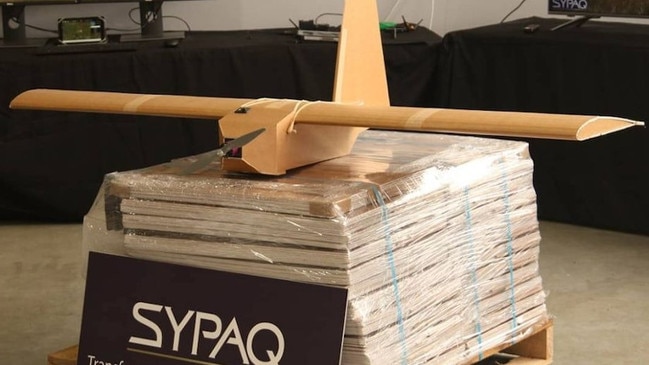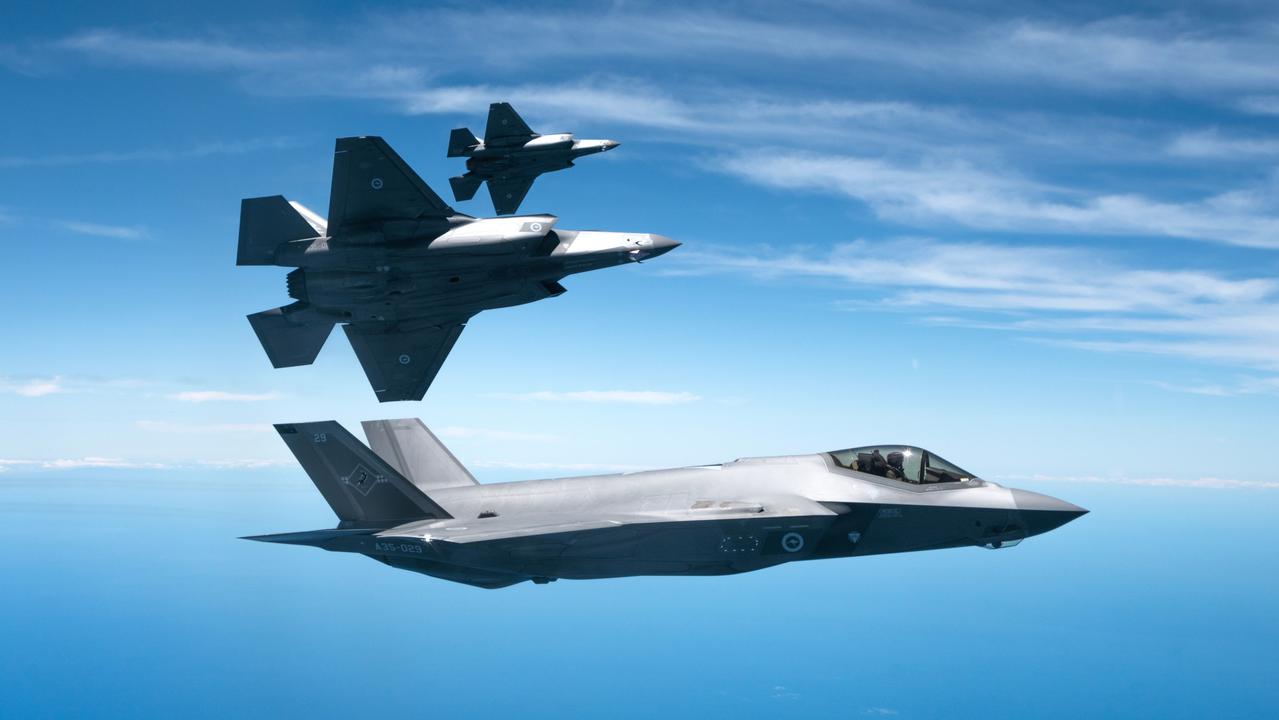DSTG aims to deliver ‘speed to capability’
Defence’s Science and Technology Group (DSTG), has added innovation – turning good ideas into something usable – to its traditional strong focus on science and technology.

Defence’s Science and Technology Group (DSTG), has added innovation – turning good ideas into something usable – to its traditional strong focus on science and technology.
Its mission is evolving rapidly to include developing disruptive technologies and asymmetric capabilities that can deliver significant deterrence, and doing so quickly. DSTG is trying to live the phrase “speed to capability”.
At Land Forces 2024 in Melbourne and at its Australian Defence Science Technology and Research (ADSTAR) 2024 summit the following week in Canberra, DSTG will be aiming to demonstrate its growing mastery of innovation.
The Australian Army will hold its 10th Army Innovation Day (AID), a strategic collaboration with the Advanced Strategic Capabilities Accelerator (ASCA), at Land Forces. DSTG will help evaluate industry submissions designed to help army explore disruptive technologies that could solve some of its complex challenges.
An as yet undisclosed number of submissions will feature at the AID 2024 Challenge, which will be held on September 11 and 12 as part of the Chief of Army Symposium.
This year’s AID challenge statement is “Optimising the soldier for littoral operations” and it has three principal themes: Enhanced Operational Endurance, Enhanced Tactical Lethality, and Enhanced Tactical Survivability. The AID 2024 innovations are designed to reduce tactical and operational risks facing Australian troops and to deliver new, disruptive capabilities into their hands before 2027.
Since the first Army Innovation Day in 2014, 51 innovation contracts have been awarded to industry. They famously include the “folded cardboard” Corvo PPDS “drone”, manufactured by Port Melbourne company SYPAQ and now being supplied to Ukraine.
That focus on innovation has also given rise to ASCA’s own inaugural Pitch Day. This will take place at the ADSTAR Summit in Canberra from September 17-19.
The theme of this ASCA Pitch Day, which will be held on Wednesday, September 18 and then twice-yearly thereafter, is Innovative Asymmetric Advantage. DSTG and ASCA are encouraging entrants to develop disruptive technologies with a deterrent effect and have selected some 30 finalists to deliver pitches.
Successful “pitchers” will get a chance to win development contracts worth up to $750,000 each – the scheme is capped at $4m.
The Pitch Day is a great opportunity for industry to showcase innovative ideas to Defence, says the head of ASCA, Professor Emily Hilder. But DSTG and ASCA aren’t looking for “the usual suspects”; they also want companies and individuals who can bring non-defence skills to bear on defence problems.
“I would love to see people who are Defence-curious at ADSTAR, who help us identify dual-use opportunities and challenge the way we are doing things in Defence,” Professor Hilder says.
This goes to one of the deeper purposes of ASCA, to streamline some of the established processes followed by Defence.
“We have created ADSTAR to further accelerate the type of collaboration our strategic environment demands,” says Chief Defence Scientist, Professor Tanya Monro AC.
“ADSTAR allows our innovators, our researchers, our technologists in industry and in universities and in government to come together to build the relationships to make sure that the knowledge we create in this country is used by our ADF.”



To join the conversation, please log in. Don't have an account? Register
Join the conversation, you are commenting as Logout